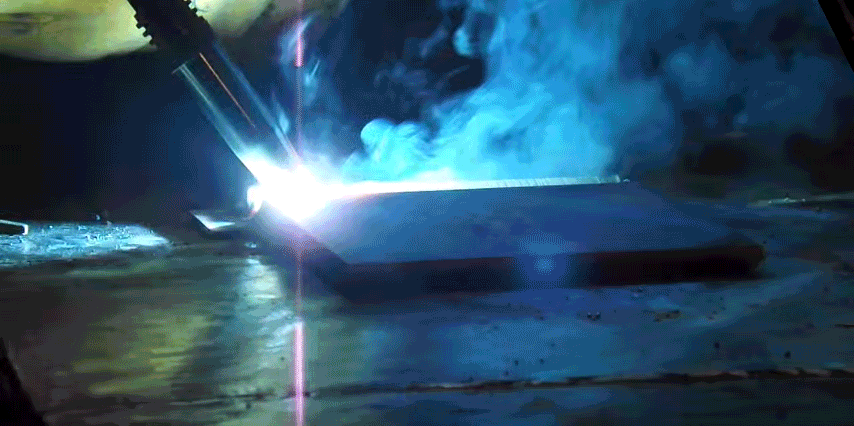To most, helium is synonymous with balloons. One of its biggest uses though is actually to prevent things from blowing up, and that is one of the reasons why we use helium for welding.
Helium is an incredibly stable element that is non-reactive, so someone working with materials that are reactive or combustible can do so far more safely within a protective helium environment.
Need helium? Trust the leading supplier. Get a quote from Zephyr here.
Fabricators also use helium for welding because of its inert properties and high heat transfer, which makes it the perfect shielding gas (an inert or semi-inert gas that protects the weld from oxygen and water) for welding materials with high heat conductivity, like copper, magnesium alloys, and aluminum. Simply put, helium allows welders to work faster.
Depending on the type of weld and the metal, helium will usually be blended with argon (partly because it’s cheaper than helium) and the percentages of each gas in these mixtures are altered as the job requires it. A poor mixture or the wrong choice of shielding gas can create weak or porous welds, or create a metallic spatter.
Pure helium for welding is mostly used for seam work, except when working with steel because of its tendency to cause spattering.

Interestingly, helium is also the preferred shielding gas for laser welding with carbon dioxide lasers. It has a high ionization capability, meaning it can absorb very high amounts of energy before becoming ionized.
In laser welding, particularly with carbon dioxide lasers, a plasma cloud tends to want to form above the weld. But because of helium’s high ionization potential, it absorbs much of that energy and prevents the formation of the plasma cloud.
We could go on and on about the technicalities and uses of helium for welding, but unless you’re a welder or just a helium fan like us, you have probably learned enough about welding for today.
Did you know that we also need helium for a variety of every day items, like that smartphone in your pocket, your car, and bar code scanners? Check out 15 uses for helium you never knew, it’s pretty interesting (even if you aren’t a helium nut like we are!)


